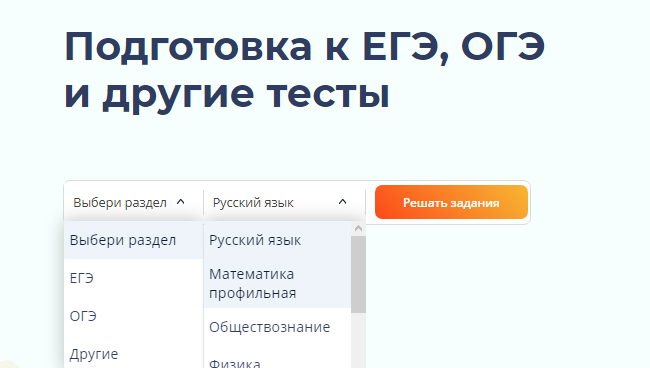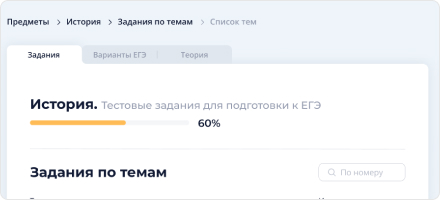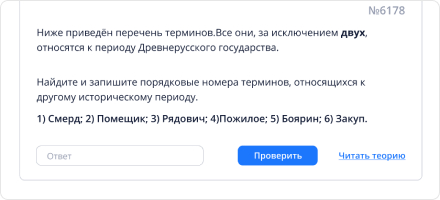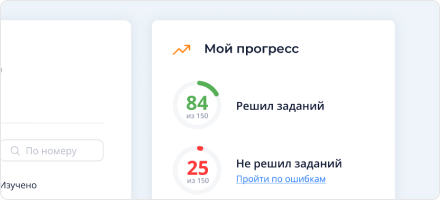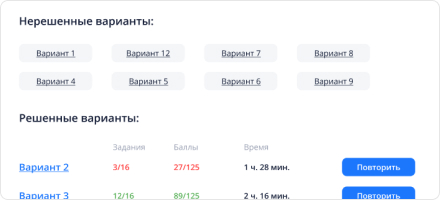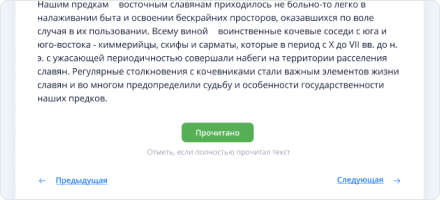Прочитайте текст и выполните задание. Запишите в поле ответа цифру 1, 2, 3 или 4, соответствующую выбранному Вами варианту ответа.
A Christmas Carol
This idea of Christmas, which the story itself did much to popularise, was already being preached about and written about in newspaper editorials when A Christmas Carol appeared in 1843. Christmas, in its new manifestation, would include the idea of giving as well as receiving, of looking after the less fortunate as well as eating well and spending time in good company.
For this reinvention of a tradition to become even more popular, an image was needed of a man who deliberately excluded himself from the cheer and the cosiness that the tradition, in all its fragility, implied. And such man was named Scrooge. In the story, this man would be taken through a personal purgatory in order to emerge purified. He would see many things that would horrify him or make him feel guilty and unloved, all the more to make the communal cheer of Christmas seem relished by those who had begun to enjoy it.
Part of the power of the book comes from the grim, unearthly picture it draws of London. Since London was a collection of villages in which anyone moving from a posh square to an important public building could catch a glimpse down the many side streets that housed the poor, in which privileged and pauper passed each other daily, then the novel itself gained nourishment from the friction between classes, from the closeness of the little streets to the great.
When Scrooge looks out of the window he sees the air “filled with phantoms, wandering hither and thither in restless haste, and moaning as they went”. The Ghost who propels Scrooge is merciless and relentless, forcing him, at first, to live in a time when past and present merge, like when his sees his native town and a younger version of himself. Some of the images he sees are of comfort and joy, but they are experiences in which he cannot share. They are disrupted by what he can hear, as the happy people are discussing him. One man, for example, who is enjoying domestic bliss, says: “I passed his office window ... and there he sat alone. Quite alone in the world, I do believe.”
Later, Scrooge will see the abode of the Cratchit family, a family of his clerk. “They were not a handsome family ... but they were happy, grateful, pleased with one another, and contented with the time.” Later, in Scrooge’s dark night of the soul, he will have also to witness his nephew and the nephew’s friends playing a parlour game in which they are asked to guess the identity of “an animal, a live animal, rather a disagreeable animal, a savage animal, an animal that growled and grunted sometimes, and talked sometimes, and lived in London, and walked about the streets.” His name, of course, is Scrooge.
Such visions will seem almost innocent compared to the darker ones that are to come as Scrooge will be forced to witness his servants selling his clothes and his curtains as he lies on his deathbed. They will refer to him as “a wicked old screw”. Soon, he will be shown the relief and happiness of those in debt to him on hearing of his demise: “The only emotion, that the Ghost could show him, caused by the event, was one of pleasure.”
When his redemption comes, as it must, because what happens to Scrooge in the night has a moral purpose, then the diction of the story itself will lighten, as Scrooge’s meanness lightens.
The word dream has been transformed, has been taken from its dark, cold, lonely, fearful place and, instead of being a watchword for frightful imaginings, filled with mockery and unbearable visions, has come to mean an opening of the self, a way of reimagining the world. And so, with that change, from nightmare to sweet reality, from miserliness to giving, from misery to merriness, Christmas came into being. Courtesy of Dickens, we live in its shadow still and on one cheery, idealised day of the year, as we force Scrooge to appear as merely a distant warning to us all, we become the happy, jolly Cratchits.
17
What does the story teach us, according to the last paragraph?
1) We should live in reality, not in dreams
2) We should remember about our relatives
3) We should enjoy Christmas sincerely
4) We should forgive our enemies














